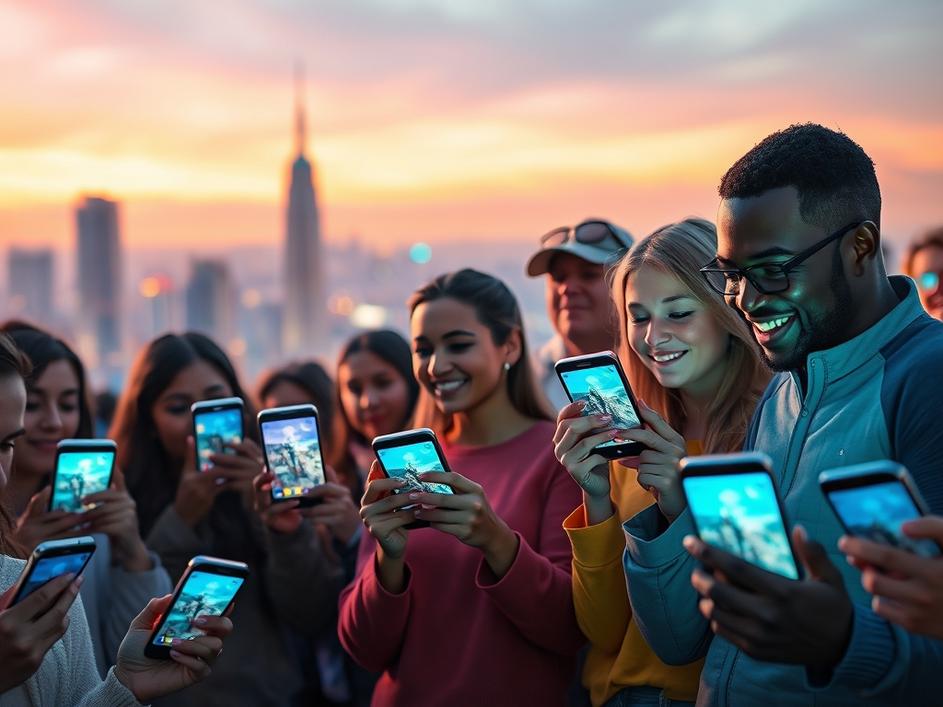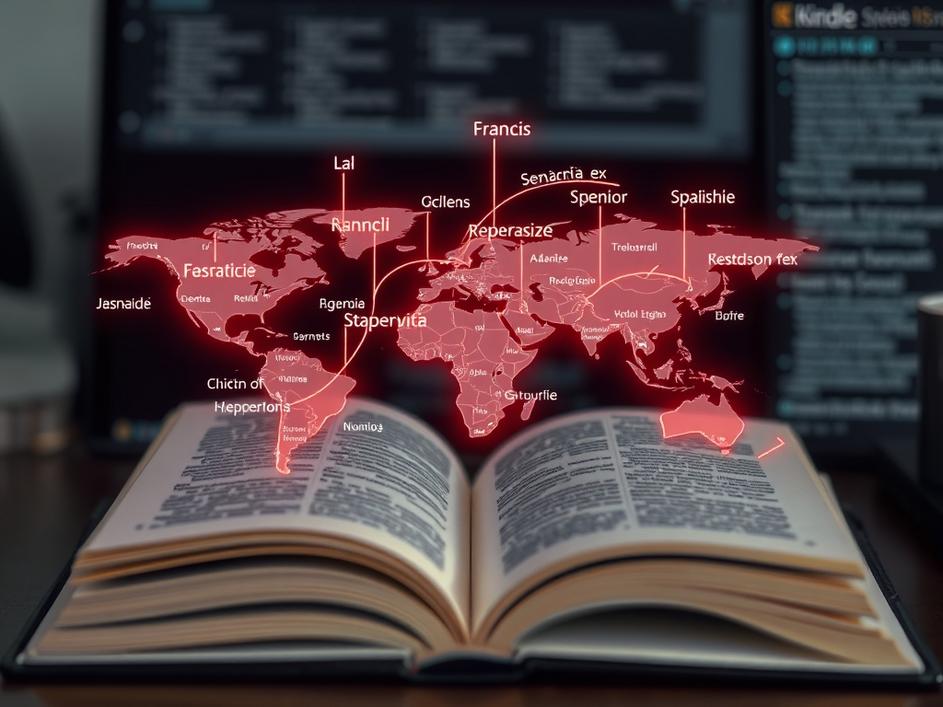


We are a digital agency helping businesses develop immersive, engaging, and user-focused web, app, and software solutions.
2310 Mira Vista Ave
Montrose, CA 91020
2500+ reviews based on client feedback

What's Included?
ToggleWhen new technology hits, especially something as talked about as artificial intelligence, there”s always a buzz. But sometimes, that buzz turns into a full-blown rush. That”s exactly what happened with Sora, the AI video creation app from OpenAI, when it landed on Android. On its very first day available on the Google Play Store, estimates show that nearly half a million people—around 470,000 to be exact—downloaded the app. Think about that for a second: in just 24 hours, hundreds of thousands of individuals across different countries decided they absolutely had to try this new tool. It wasn”t just a quiet release; it was a clear signal that people are ready, even eager, to explore what AI can do for their creativity and everyday lives. This kind of immediate, widespread adoption tells us a lot about the current state of technology and how quickly powerful new tools are being embraced by the public. It also hints at a future where advanced AI isn’t just for tech gurus, but for anyone with a smartphone in their pocket.
So, why the huge hurry? What is it about an AI video generator like Sora that pulls in so many users so fast? I think a big part of it is the promise of making complex things simple. For years, creating professional-looking video content required expensive cameras, fancy editing software, and a lot of skill and time. Most people just didn’t have access to all that. Sora, on the other hand, offers a different path. It lets you describe a scene, an idea, or even a feeling with just words, and then it tries to turn that into moving pictures. This removes a massive barrier for countless individuals who have stories to tell or ideas to share but lack the traditional tools. It means that whether you”re a small business owner wanting a quick ad, a student needing a visual for a project, or just someone looking to play around with imaginative concepts, you suddenly have a powerful helper. The excitement isn’t just about the technology itself; it’s about what it lets people *do* that they couldn’t easily do before.
The choice to launch Sora on Android, and to see such an explosive response, really highlights the power of the platform itself. Android isn’t just a phone operating system; it”s a gateway to billions of users around the globe. Many times, new apps or features hit Apple”s iOS devices first, or sometimes they launch simultaneously. But regardless, the sheer number of Android phones out there means that any app released on the Google Play Store has the potential for truly global reach. This broad access is important for a tool like Sora because it helps make advanced AI more democratic. It’s not just for people who can afford the latest, most expensive devices. By being available to such a wide audience, Sora can gather diverse feedback, inspire different kinds of creators, and truly embed itself into how many people interact with digital content. This rapid take-up on Android shows that developers recognize this huge user base, and users themselves are eager to grab what”s new and exciting, no matter their device choice.
This swift adoption of Sora signals a big shift in how we might approach creating digital content. Think about it: if almost half a million people are downloading an AI video tool on day one, it suggests a growing comfort and desire among the public to experiment with AI in their personal and professional lives. We”re moving beyond just text-based AI assistants and into a world where visual creation is becoming just as accessible. This could mean big changes for social media, where unique, custom-made videos could become easier to produce. It could also change how quickly small content creators or even everyday users can bring their visions to life without needing a full production setup. The lines between professional content creation and casual sharing are likely to blur even further, potentially leading to a flood of new, interesting, and sometimes unexpected video content across the internet. It”s a step towards democratizing visual storytelling, putting more power into the hands of many.
For me, seeing Sora explode on Android is incredibly exciting. It”s amazing to think about the creative freedom this could offer so many people. Imagine a world where anyone can create a short film, a personalized message, or a vivid visual representation of their ideas with just a few prompts. That”s a future that truly empowers individuals. But, along with that excitement, comes a handful of important questions. When videos can be generated so easily and quickly, how do we make sure people know what”s real and what”s AI-made? What kind of rules or guidelines will we need to put in place to prevent misuse or the spread of misleading information? The speed at which this technology is being adopted means these conversations aren’t abstract academic exercises anymore; they”re real-world challenges that we need to address now. It”s a powerful tool, and like all powerful tools, its impact will depend on how we, as a society, choose to use and manage it. The sprint to download Sora tells us that the future of AI in our daily lives isn’t coming; it”s already here, and we”re all part of shaping it.
The initial success of Sora on Android is much more than just a big download number; it”s a clear indicator of a wider trend. We are truly witnessing the mobile AI revolution taking hold. For a long time, the most advanced AI tools often required powerful computers, making them somewhat out of reach for the average person. But now, with apps like Sora becoming readily available on smartphones, that barrier is rapidly falling. Our phones, which are already central to how we communicate, work, and entertain ourselves, are now becoming powerful AI creation studios. This means that the development of AI will likely accelerate even faster, as more users provide more data and feedback, pushing the technology forward in ways we can only begin to imagine. It”s a future where your phone isn’t just a device for consuming content, but a powerful engine for creating it, fueled by artificial intelligence. This shift promises a future that is both incredibly innovative and, without a doubt, endlessly fascinating to watch unfold.
To sum it all up, Sora”s roaring start on Android is a massive moment. It”s not just another app launch; it”s a strong sign of where we”re headed with mobile technology and artificial intelligence. The rapid take-up shows a huge public hunger for tools that make creative expression easier and more powerful. This event pushes the idea of AI video generation from something talked about in tech circles to a tool that millions can now hold in their hands. As this technology becomes more common, we”ll likely see big changes in how we make and share stories. It”s an exciting time, full of new possibilities, and it means that the way we interact with digital content, both making it and seeing it, is only going to get richer and more engaging. The future of visual storytelling has just opened a very wide door, and everyone with an Android phone is invited in.



Leave a reply